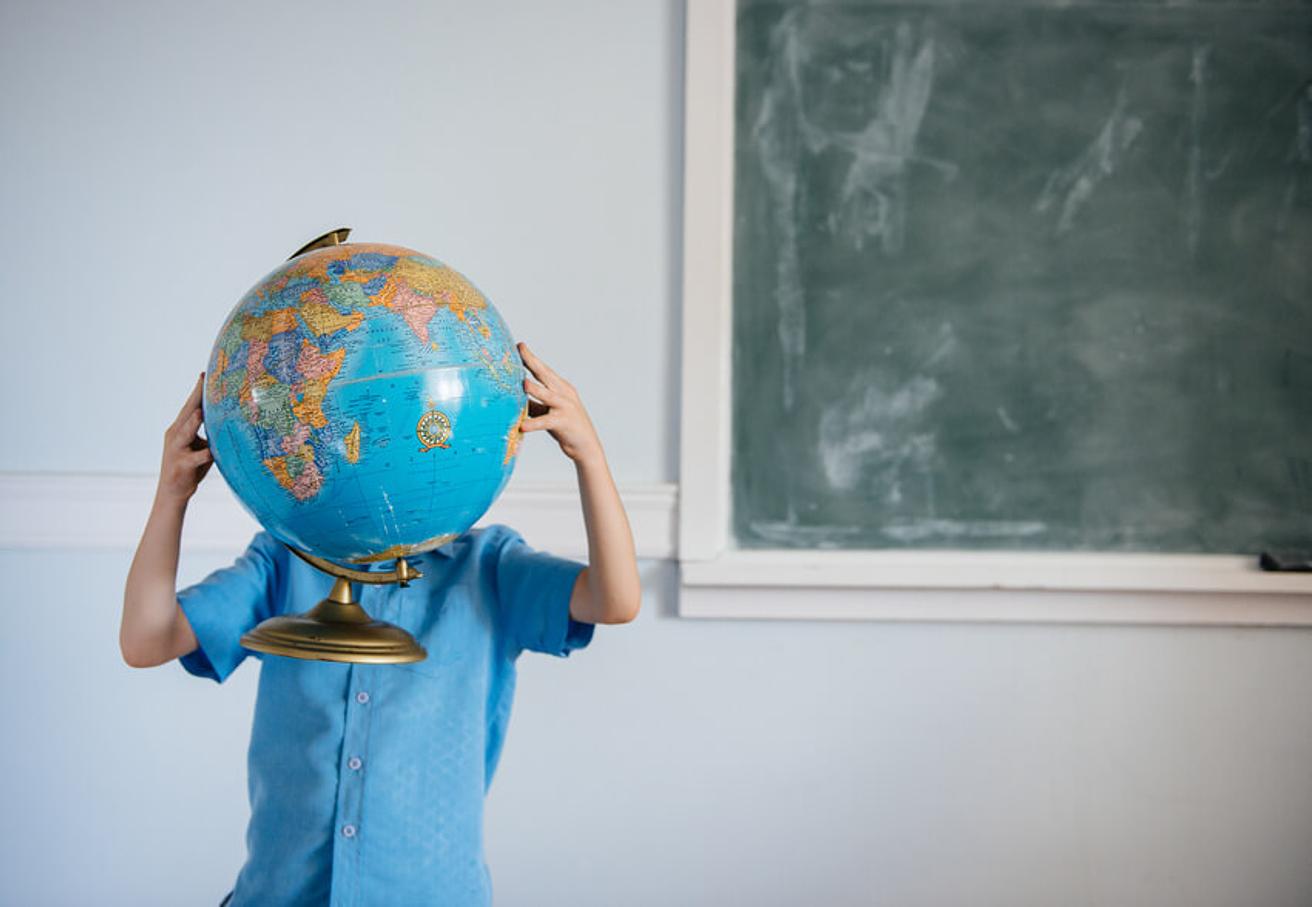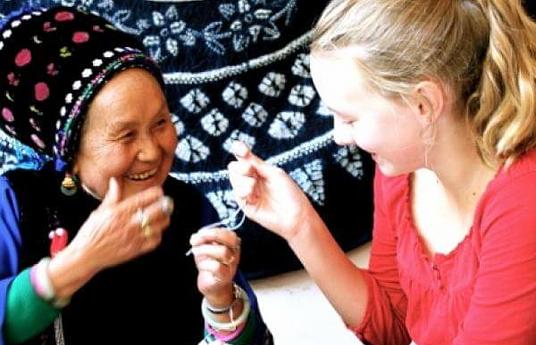Whether it’s a small rural school welcoming its first refugee students, or a classroom that has always buzzed with diversity, children are naturally curious about each-other’s cultures and revel in their differences and shared experiences.
Sadly, as they grow, other more toxic messages can creep in. Despite many countries making positive strides towards greater tolerance and understanding, racism, xenophobia and religious intolerance are, disturbingly, on the rise worldwide.
Yet early positive exposure to other cultures can help root out prejudice and plant seeds of tolerance. To echo the words of Nelson Mandela, nobody is born hating others due to their background or religion - if hatred can be taught, so too can love and tolerance.
That’s why teachers and educational innovators around the world work tirelessly to inspire a new generation of well informed, curious, globally-minded citizens. We’ve uncovered some inspirational innovations that put intercultural dialogue at the heart of learning.
Foster cross cultural friendships
Testament to the healing power of intercultural dialogue is Initiative for Peace, which trains young people from conflict affected areas to plan and host youth peace conferences. Delegates from different backgrounds eat, sleep and learn together in this week long conference, building lasting connections in the name of peace. As well as peace building work, delegates put on a cultural show and share cultural items they have brought from home. The hope is that building friendships across conflict lines can prevent future hostilities and build a culture of peace.
Intercultural friendships can blossom anywhere - even from a distance! Penpal Schools connects learners around the world to collaborate on exciting online projects. Weekly sessions cover fascinating topics, anything from folk-tales to environmentalism, and allow students to connect with their international peers in a simple yet powerful way, learning more about their world and each other. Who doesn’t love to have a penpal?
Global Learning’s Human Differences Project invites young people to generate their own knowledge of cultural differences around the world. Students from 37 countries over 6 continents share their findings online each week and even generate international friendships by video calling other classrooms around the world! Participants celebrate the fact that we are all different but equal and learn it’s better to build bridges than walls.
Find teachers in unexpected places
If you’re teaching about other cultures - there’s no better resource than the people themselves. Over half of the world’s population is now hooked up to the internet, making it easier than ever before to communicate across continents. This increasingly globalized world means that intercultural communication is a vital life skill. Why not give students a head start?
One school in Hong Kong did just that, when they connected with a Syrian refugee over Skype to learn more about migration. Using the services of NaTakallam, the children heard first hand accounts of life as a displaced person, they had the opportunity to ask their burning questions and also learned about Arabic language and culture. This not only supported their learning project but also taught them an invaluable lesson - that there are real people behind every statistic and news headline.
The whole world can be your classroom and every citizen your teacher
Cultures are rich, fascinating and often awe inspiring - especially if they’re totally unfamiliar! However, the complexity of other cultures can be difficult to communicate in the classroom and there’s always a danger of portraying other people and their way of life in a two-dimensional fashion – the opposite to the intended effect! Maybe it’s best to leave the classroom behind altogether…
Microcampus is a totally immersive learning programme for international school students in Shanghai to escape the ‘bubble’ of campus life. Learners embark on a month long trip to a partner village in Southwest China, where they undertake inquiry based learning projects relating to the region and also capture the oral history of elderly local residents. This purposeful, genuine intercultural dialogue helps the students to experience and appreciate a culture totally different from their own.
Schools feeling particularly adventurous could be inspired by THINK Global School, a travelling high school where students live and learn in four countries a year, undertaking project and place based learning. THINK Global School believes that by combining academic study with cultural immersion in a local community, students gain a connection to the world that will drive them to improve it. Jamie Steckart, Head of School, argues that this style of learning needn’t be too resource intensive, it requires “only the courage and will to open the door of the school house and venturing forth in one's own backyard.”




